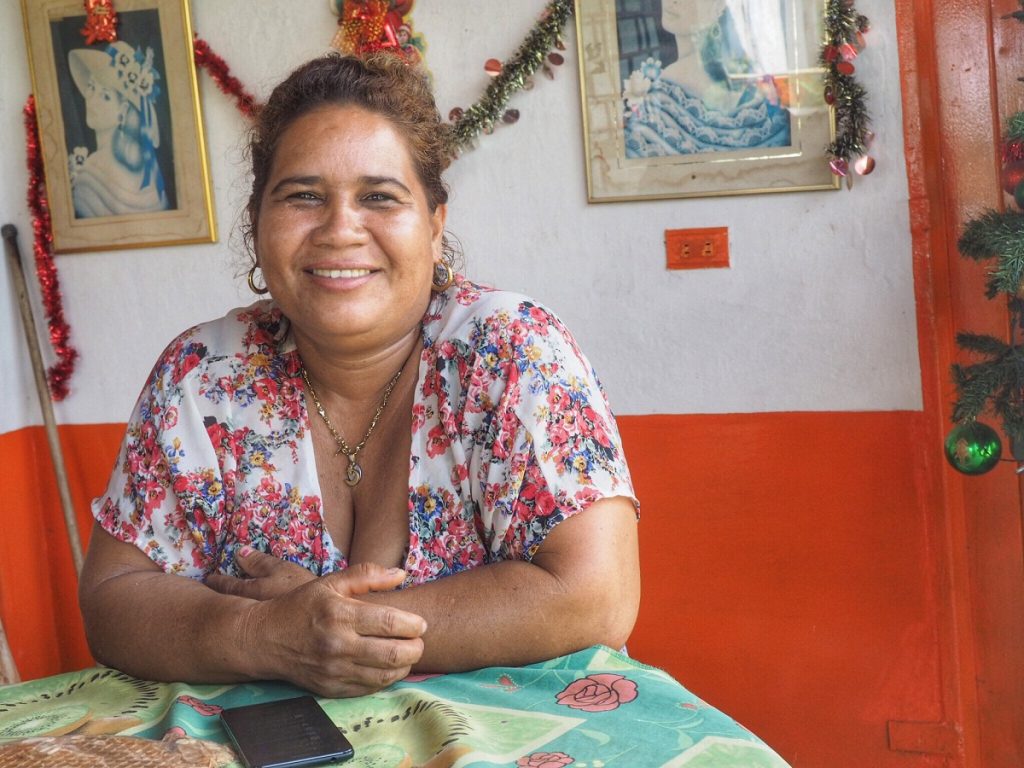I am in Salento, in the heart of Colombia’s coffee region. I have been traveling for over a week now in Colombia and I have yet to drink a good, quality espresso.
The enthusiastic coffee manufacturer
Colombia is the world’s third largest coffee exporter but they drink a very poor quality coffee. When I joined a planation tour, I was keen to learn the answer for this contradiction.
“The history of Colombia is not only about violence. Coffee, soccer or even Shakira have the same importance here. Our goal is to introduce the history of coffee to our guests and to improve the lifestyle of the people who work in the fields every day.” So says Diego, my tour guide, the only person who speaks English in the Jesus Martin coffee plantation.
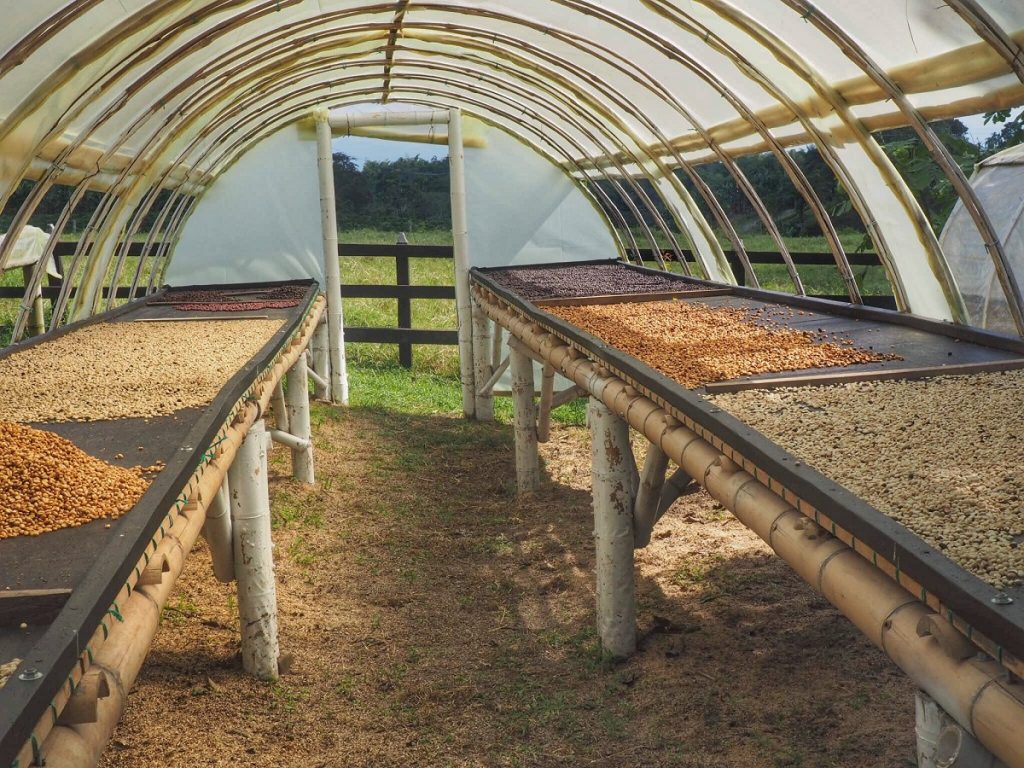
As we were heading out from a small town on our way to the plantation, Diego added that a few decades ago the whole area was full of coffee plants. Nowadays, the cultivated area is a lot smaller, so the locals are looking for other opportunities. Probably the most important reason for the lower production was the cancellation of the International Coffee Agreement in 1989, when the guaranteed prices and quotas were changed due to heavy competition on the market. Although the country’s conditions are perfect for it, it is not worth producing coffee anymore for the locals. In addition, there is also a shortage of labor. The average age of the workers is increasing, there are places where this number is 60 years or higher. Youngsters, like everywhere else in the world, are trying to make a living in larger cities and they do not want to work on plantations for their whole life. Even though farmers are willing to provide free housing and workers would only have to pay a small amount for their food, this is still not enough to motivate them.
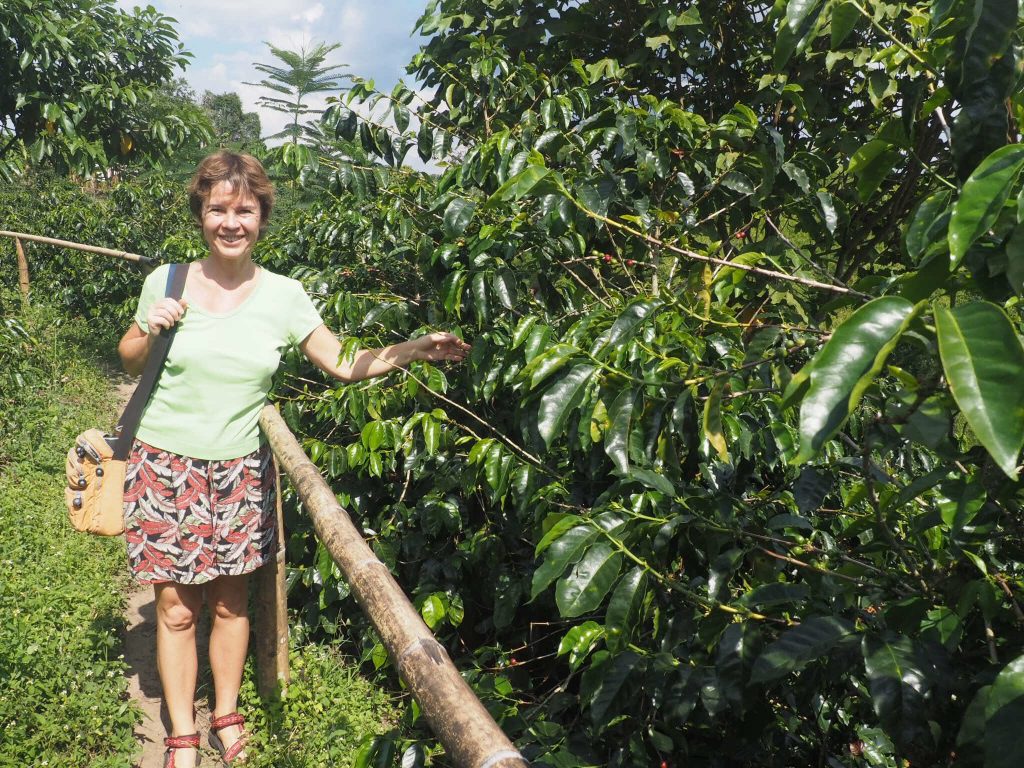
Picking coffee is not an easy task, because it is not similar to picking apples for example – so explains Diego. With apples, the whole tree gets ripe at the same time and you just have to harvest it once. However on one single coffee plant you can find unripe, ripe and overripe beans, so you really have to watch out during the harvest.
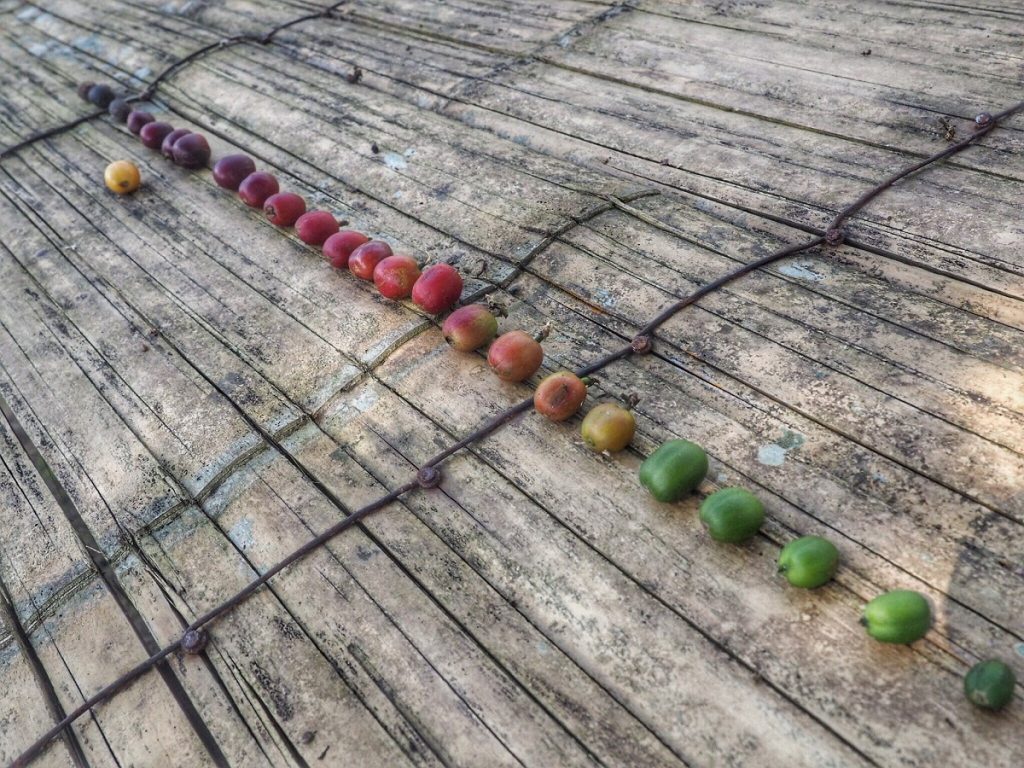
The majority of the quality coffee is exported, which is why for local people, only the poor quality remains. Now I understand why it is impossible to drink a decent coffee in this country!
The great news is that Café Jesus Martin is trying to change this situation. One of their ideas is to cut out the 6-7 middle men from the supply chain, and get the coffee from the plantation straight to the customers. This way the producers will get higher prices and, at the same time, the customers get the high quality beans.
Real espresso instead of tinto
Another goal of theirs is to work only with the highest quality coffee and only sell this in stores. Most Colombians have never drunk a good coffee. Tinto, what you can get on markets and in restaurants, is a terrible drink that can only be consumed with lots of sugar. Locals do not really mind it though, because Tinto is not only a drink, it is more like a social gathering with which they start the day, have a nice chat or have a quick break from work.
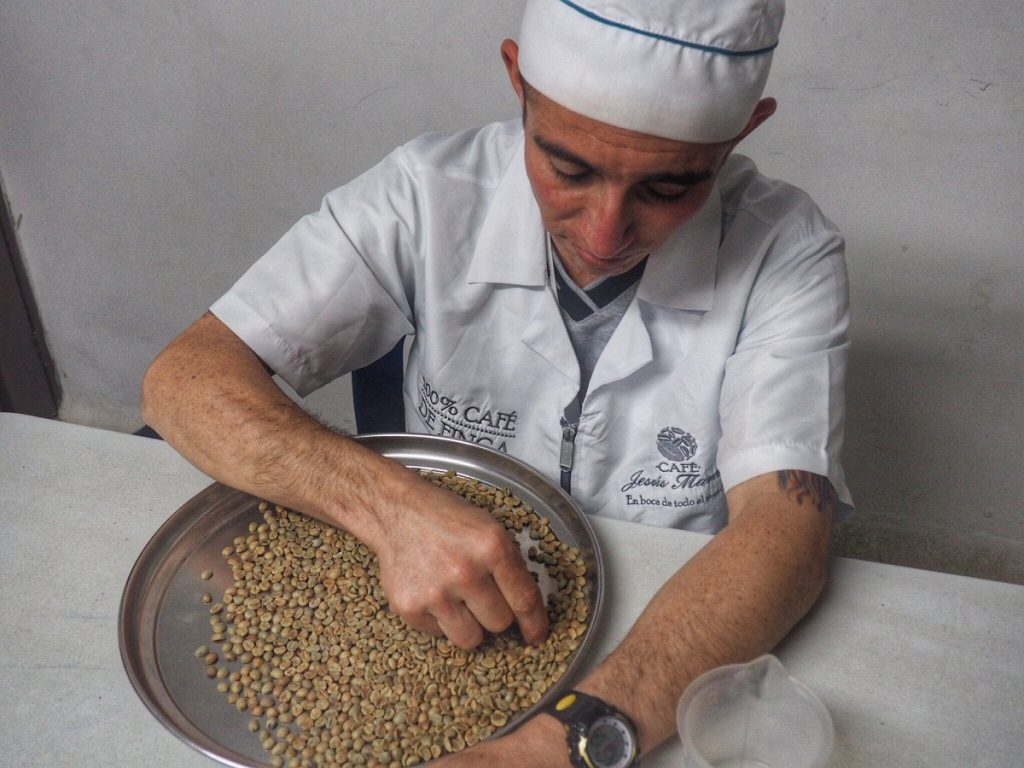
But how come the manufacturers do not keep at least some of the good coffee – I asked. Most of the manufacturers have no idea what good coffee is – comes the answer from Diego. They do not really understand the process of roasting, it is mostly done centrally, they had nothing to do with it. It can easily happen that they cultivate the best coffee but they drink the worst one, and they don’t even know about it. The Association of Coffee Manufacturers has a huge role. They decided that Colombia would only work with Arabica coffee, although Robusta would grow perfectly well too. They are exporting the great Colombian coffee and importing poor Brazilian and Vietnamese products for the locals.
So how did the locals welcome the quality coffee – I asked. It was not easy in the beginning – laughs Diego. First of all they were stubborn about putting tons of sugar into their coffee because they were used to it that way. It took a lot of convincing for make them try it without sugar. The funniest thing is when they ask where this amazing coffee is from, and the answer is – from Colombia, from this exact region. Now they have a few frequent visitors, but most of the guests are coming from abroad.
The canteen
Meanwhile we arrived at a simple house, where large tables were standing in the garden. This is the canteen for the plantation workers, where Rosita has been the cook for decades. Since she does not have a replacement and there are guests every day, she never goes on vacation. The mornings start early because she is serving the “coat” at 5 in the morning. The “coat” is the nickname for the long coffee with a lot of sugar, with which the day starts. It is called this because it warms the workers up in the cold mornings just like a coat.
In the plantation
After this we had a look around the plantation. Diego showed us what the different beans looked like – from the unripe ones to the overly ripe pieces, and showed us the techniques of cleaning and selection. I noticed that small piles of coffee pieces were lying on the tables with notes of when and from whom they had arrived. That’s right – says Diego. Our three stores are made up of 16 families’ products and a lot of times we are only working with a few kilos at a time. The coffees are always “single origin” products, we never mix them. We always note which family the coffee is from, respecting their work.
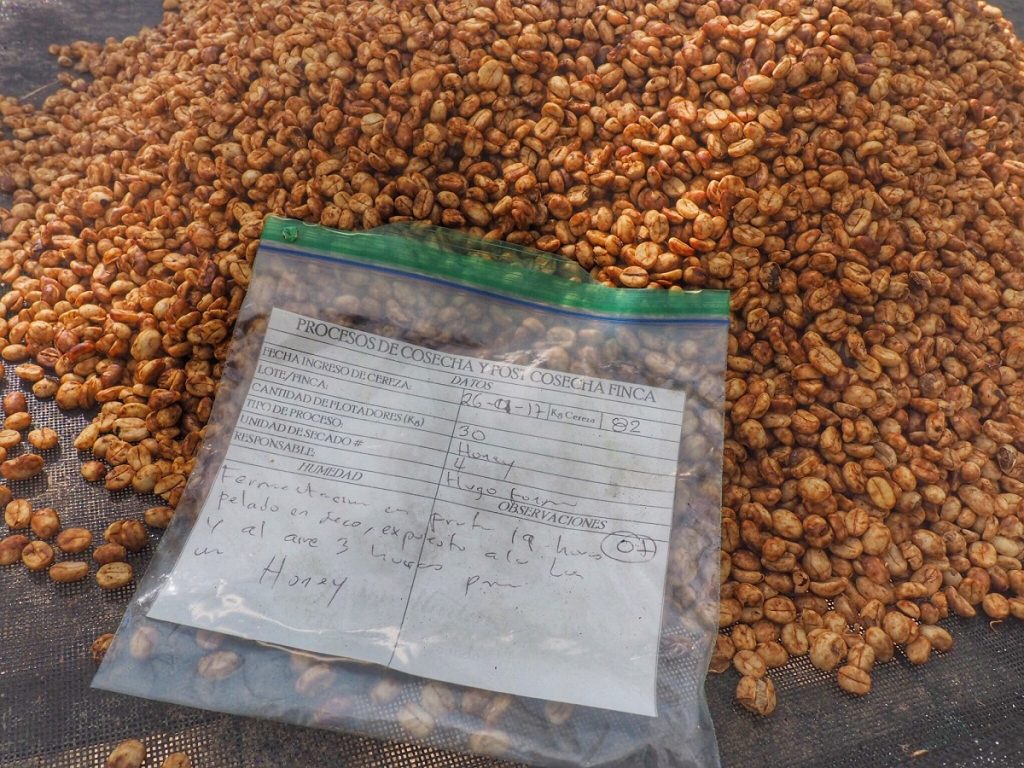
The roasting factory
Going back to Salento, we also had a peak into the roasting factory. First they select the coffee pieces by size, which is done here by a Brazilian machine. There are only two similar machines in the country – adds Diego proudly. The German Probat roaster is also an important part of the production and as far as he knows, there are only 5 of those in Colombia. Carlos is the person who takes care of the roasting and he is a key component of bringing the most out of every piece of coffee and to keep a consistent taste year after year, even if the quality of the coffee varies.

The coffee shop
Our tour ended in the coffee shop where I tasted probably the freshest coffee in my life, made on a Hario V60 machine. Incredibly the coffee changes as it gets colder – every sip is a new taste basically.
In the store I met the founder of the whole project, the coffee professional with a vision. Originally with a law degree, Jesus Armando Bedoya is the fourth generation owner of a plantation in the Santa Ana region. He is the one who was dissatisfied with selling his coffee to the association. He was training the manufacturers for months on how to produce beans without chemicals. He has been through all the required training from roasting to latte art, and he trained the first barista. Finally when he had a consistent quality of coffee and enough workers, he opened the first coffee shop which was named after the owner (Jesus) and the son (Martin).
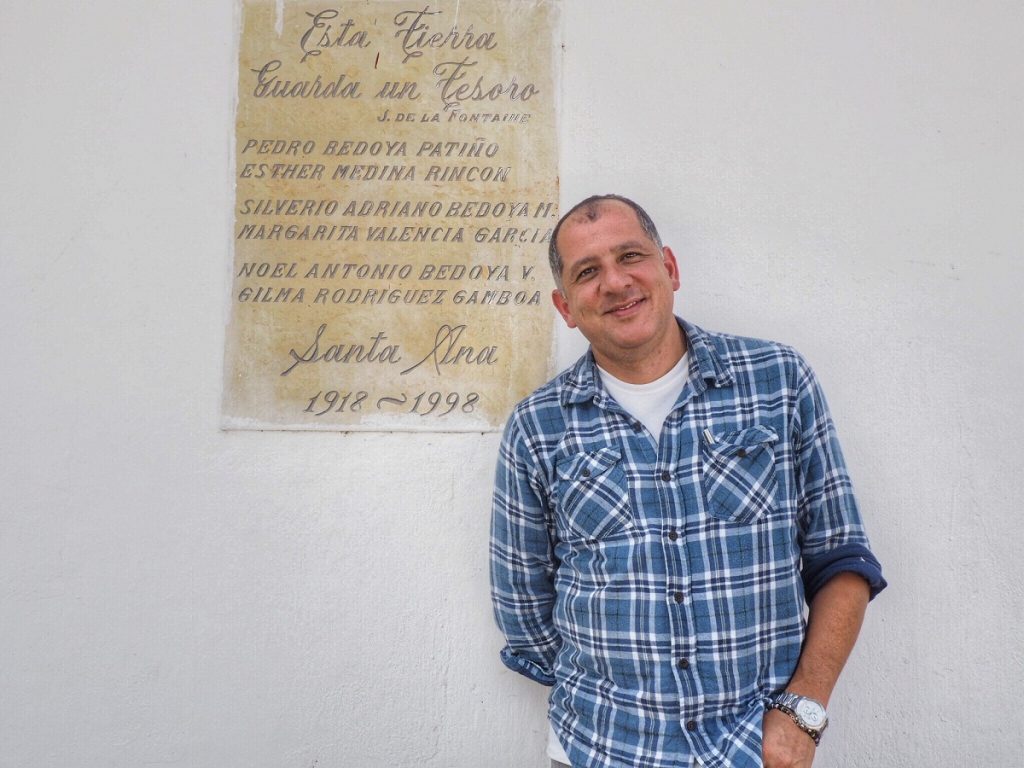
But the process has not stopped here. The expert is now organizing farm visits and his big dreams for the future – he is founding a school and training center. “We are not professionals but we are learning every day. My goal is to have a little piece of Colombia and the history of a coffee manufacturing family in every cup of coffee” – said the ambitious but exceptionally humble owner, as he said goodbye with a smile. And so from now on, I will look at my morning coffee with a whole new different perspective.
The original article in Hungarian was published on National Geographic online HERE


